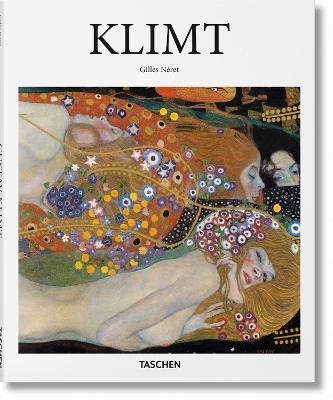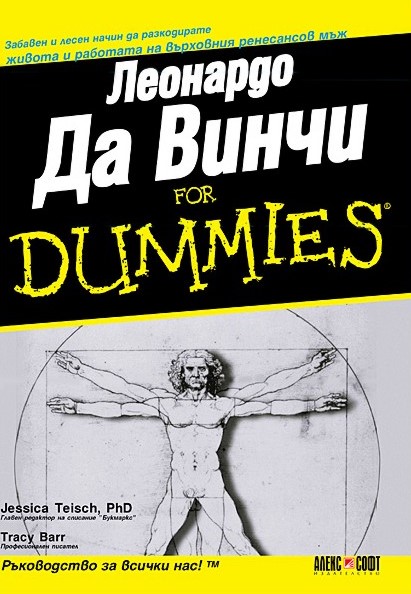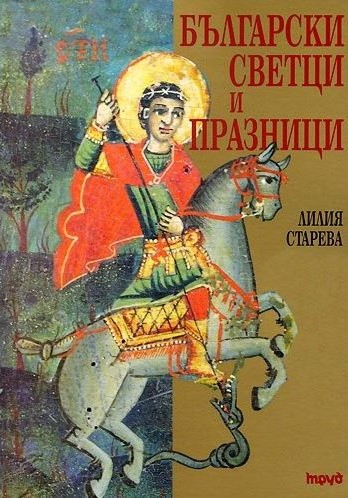Magnificent icons in Bulgaria
- Издател: Издателство Методиеви книги
Magnificent icons in Bulgaria - IX-XIX century
Magnificent icons in Bulgaria is a project of METHODIVS BOOKS publishing house, representing one hundred Orthodox Christian icons, created in the span of a millennium – from X to XIX century, currently part of the collections of the National Archaeological Institute with a museum at the Bulgarian Academy of Sciences, National Gallery/Museum of Christian Art, National Museum of Ecclesiastical History and Archaeology, National History Museum and Rozhen Monastery "Holy Nativity of the Mother of God".
This priceless heritage of centuries-old icons, certifying the indisputable Bulgarian contribution to European and world art, is still not well known in our country and around the world. This publication is aiming to promote in a distinguished and technically innovative way the wonderful examples of Bulgarian Christian art.
Author of the texts is the renowed Byzantine scholar Dr. Georgi Parpulov. The selection of the icons is done by the publisher Methodius Petrikov.
ВЕЛИЧЕСТВЕНИ ИКОНИ в БЪЛГАРИЯ е проект на издателство МЕТОДИЕВИ КНИГИ, представящ сто православни икони, създадени в рамките на едно хилядолетие - от X до XIX век, понастоящем част от колекциите на Националния археологически институт с музей към Българската Академия на науките, Национална галерия / Музей за християнско изкуство, Национален църковен историко-археологически музей, Национален исторически музей и Роженския манастир "Свето Рождество Богородично".
Това безценно наследство от вековни икони, удостоверяващо безспорния български принос в европейското и световното изкуство, все още не е добре познато у нас и по света. Тази публикация има за цел да популяризира по отличителен и технически иновативен начин прекрасните образци на българското християнско изкуство.
- Автор на текстовете: д-р Георги Парпулов;
- Подбор на иконите: Методий Петриков.
In recent years there has been a conspicuous rise in the public and scholarly interest in the history of the icon, resulting in exhibitions and new books. I am sure that the importance of this publication will be to open up a whole new range of readers to the importance of what can be seen in Bulgaria. What is excellent about the captions is that Georgi Parpulov, who is an internationally recognized authority on Byzantine and Bulgarian art, give a great deal of evidence in a short and succinct manner. Information is given about the state of painting and where there have been later restorations and repairs, and in some case re-painting.
Also valuable is that the original inscriptions on the icons have been transcribed, and their contents well laid out. All are dated, and these attributions are well considered and accurate, despite the well-known difficulties of dating Orthodox church icons. The photographic printing for this book is excellent, and certainly makes the quality of the works chosen stand out. I am sure that this book will become a landmark in the appreciation of icons in Bulgaria, and it will renew interest in their importance. My firm and solid view is that the publication of this book would be a major event in art historical studies and that it will rightly demonstrate the importance of these works in Bulgaria for a new readership.
Robin Cormack Professor Emeritus in the History of Art, Courtauld Institute of Art, University of London
Sofia's museums preserve one of the truly great collections of icons in the world, remarkable for its large size and (or the steady, diachronic picture it provides of icon culture over the full span of its history. Magnificent Icons in Bulgaria offers an exceptionally rewarding survey of this collection. Dr. Georgi Parpulov's economical but cogent commentary both informs and directs attention to the distinctive features of each image.
Above all, his text stands out for its invitation to what he calls "slow looking''. One cannot flip casually through the pages; the selection and juxtaposition of images captures the interest and slows one down. Each icon chosen for inclusion has something that makes it especially worthy of attention: its antiquity, its poignancy, its intricate history of overpainting or restoration, its unusual iconography, or often because of the way it compares or contrasts with the icons that precede or follow it.
Each new turn of the page is thus a summons to look! look again! Valuable in including several rarely reproduced but extremely important masterpieces, the book is important, too, in this careful attention to the physical history of the painted surface of the panels. Recurrent cases of overpainting make clear the centuries-long veneration that individual panels have received, while painstaking restorations have unveiled unsuspected treasures from behind later layers of paint. By making so clear the icons' vulnerability, to the wounds of love and veneration as much as to those of violence and neglect over time, the book is valuable in deepening awareness of the importance of caring for them.
Dr. Parpulov's effective text is matched by the care of the publisher, Methodius Petrikov, in selecting and reproducing the images. Arranging the images in books is as sensitive a task as arranging museum exhibitions, and this book is very effectively selected and sequenced. It is a beautiful instrument for deepening the visual appreciation of a truly great national collection.
Annemarie Weyl Carr, University Distinguished Professor of Art History Emerita Southern Methodist University, Dallas, TX
Dr Georgi Parpulov received BA in History from the University of Sofia and PhD in Art History from the University of Chicago. He has worked at the Walters Art Museum, Oxford University and the British Museum. His studies are on the fields of Byzantine and East Christian art, Greek and Cyrillic palaeography and codicology. Amongst them are "The Rise of Devotional Imagery in Eleventh-Century Byzantium", "The Study of Byzantine Book Illumination: Past, Present, and Future", "Mural and Icon Painting at Sinai in the Thirteenth Century", etc.
Д-р Георги Парпулов получава бакалавърска степен по история от Софийския университет и докторска степен по история на изкуството от Чикагския университет. Работил е в художествения музей Уолтърс, Оксфордския университет и Британския музей. Неговите изследвания са в областта на византийското и източнохристиянското изкуство, гръцката и кирилската палеография и кодикология. Сред тях са „Възходът на религиозните образи във Византия през единадесети век“, „Изследването на византийската илюминирана книга: минало, настояще и бъдеще“, „Стенопис и иконопис в Синай през ХІІІ век“ и др.
Поръчките от Онлайн книжарница Ciela.com се доставят от Спиди, Еконт и BoxNow за България, и от Български пощи за чужбина.
- За поръчки под 50 лв., стойността на доставката е фиксирана на 5,99 лв.
- За поръчки с BOX NOW доставката е 3,36 лв.
- За поръчки на обща стойност над 50 лв. доставката е безплатна.
- За чужбина доставката се изчислява според тарифите на Български пощи, и зависи от избраната държавата, броя, големината и теглото на поръчаните продукти. Крайната стойност се визуализира, преди завършване на поръчката.
- За поръчка на правен софутер няма доставка. Получавате потребителско име и парола по предоставен имейл след потвърдено заплащане.
| Автор | Georgi Parpulov, Methodius Petrikov |
|---|---|
| Издателство | Издателство Методиеви книги |
| Поредица | Millennium of Bulgarian Christian Art |
| ISBN | 9786199074169 |
| Година на издаване | 2021 |
| Корица | Твърда |
| Страници | 224 |
| Формат | 24x34 |
| Език | Английски |






